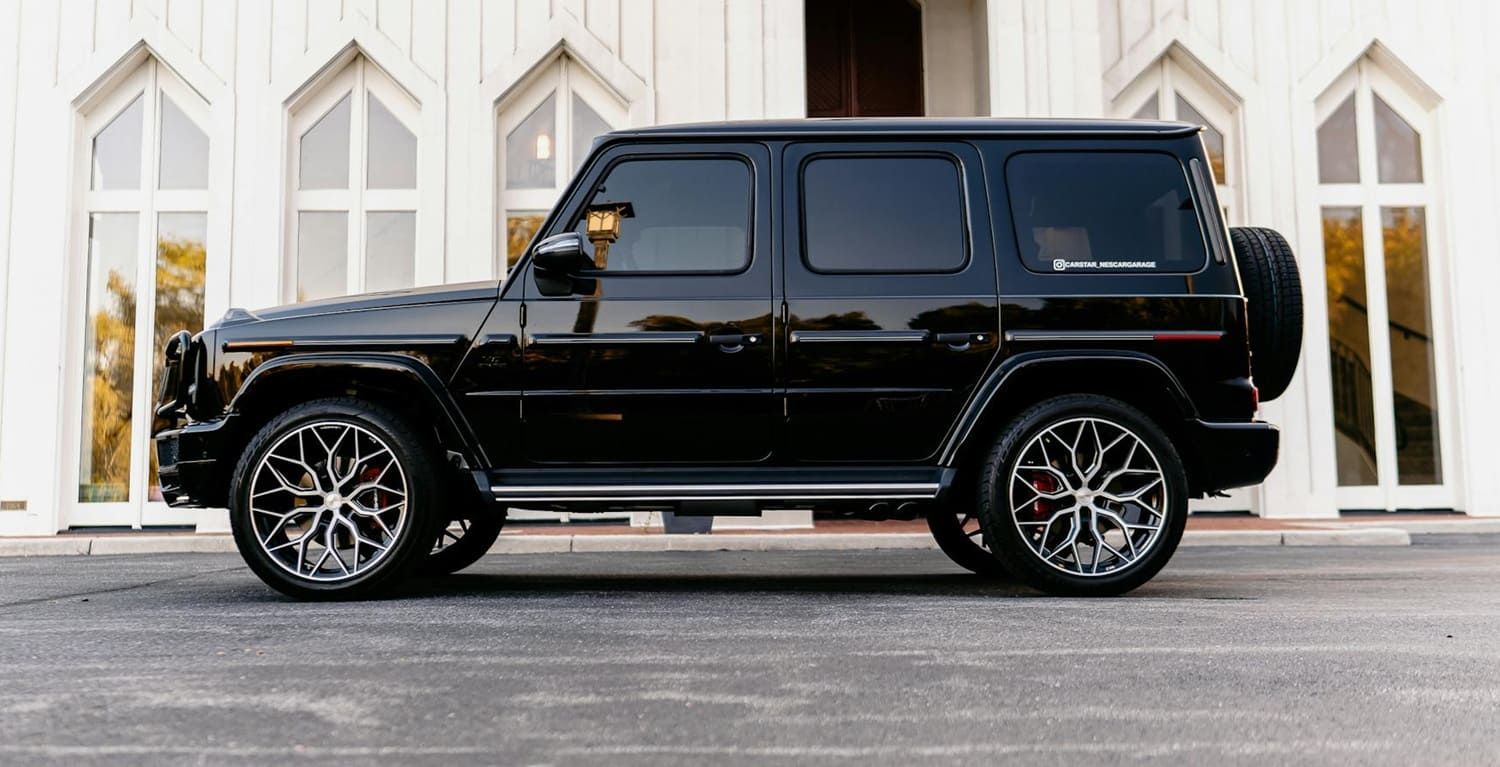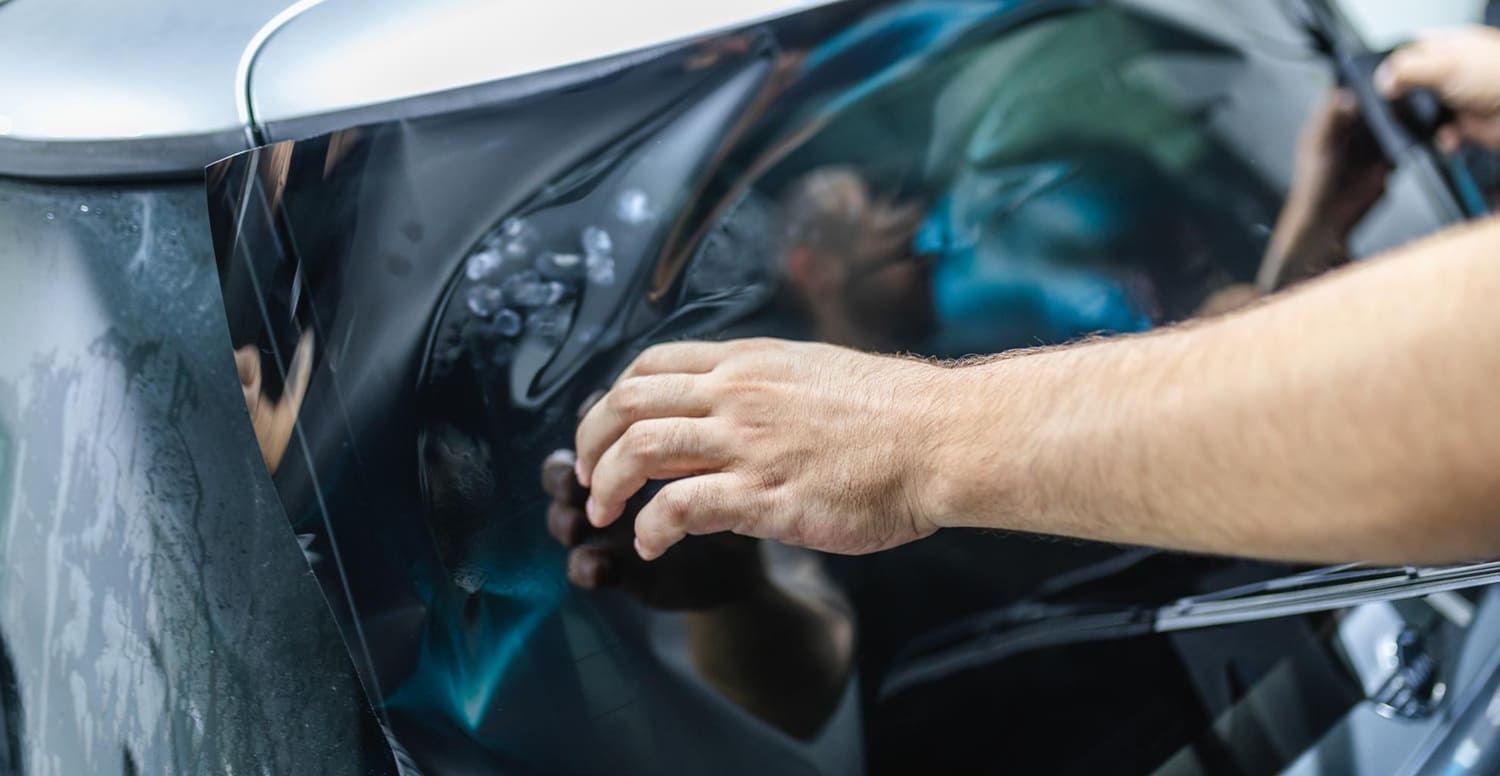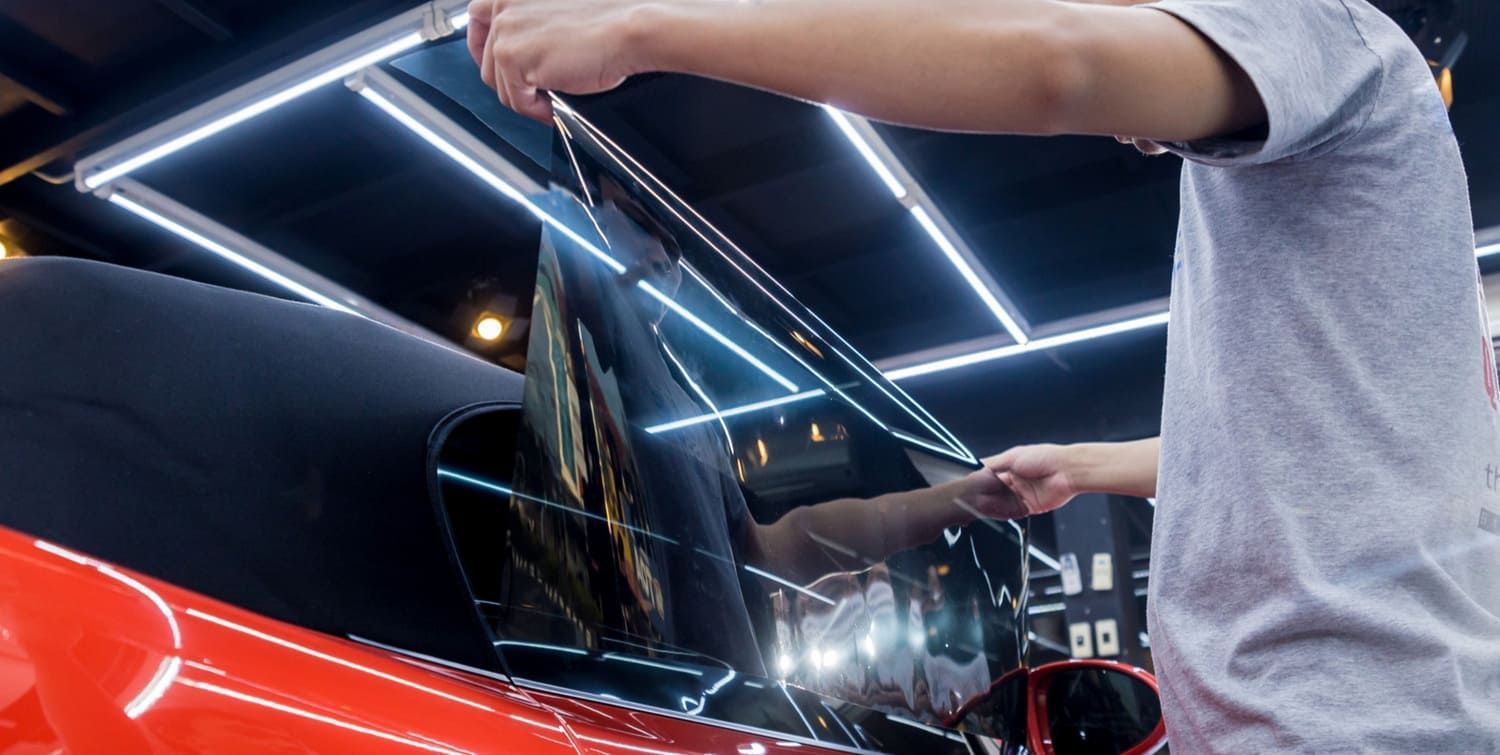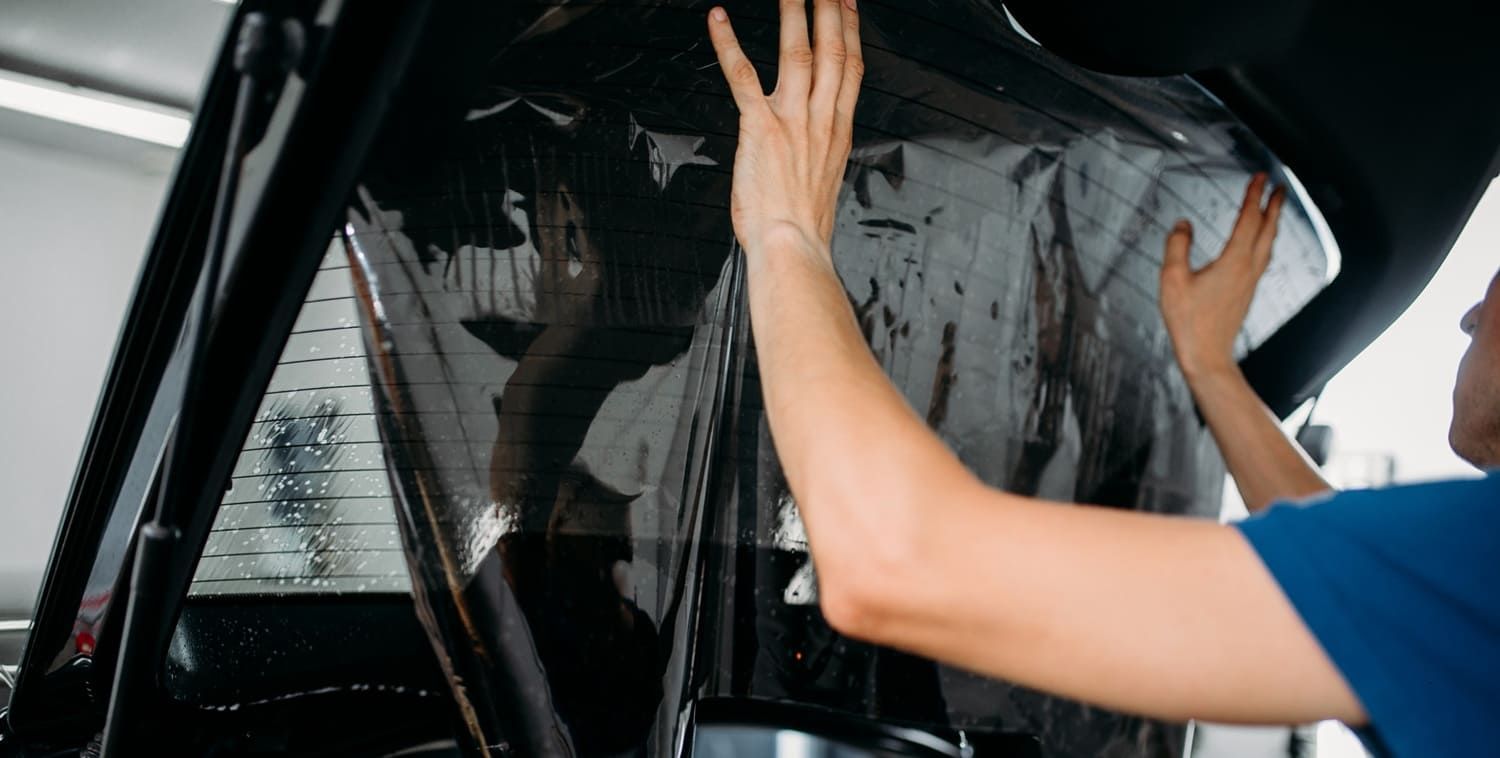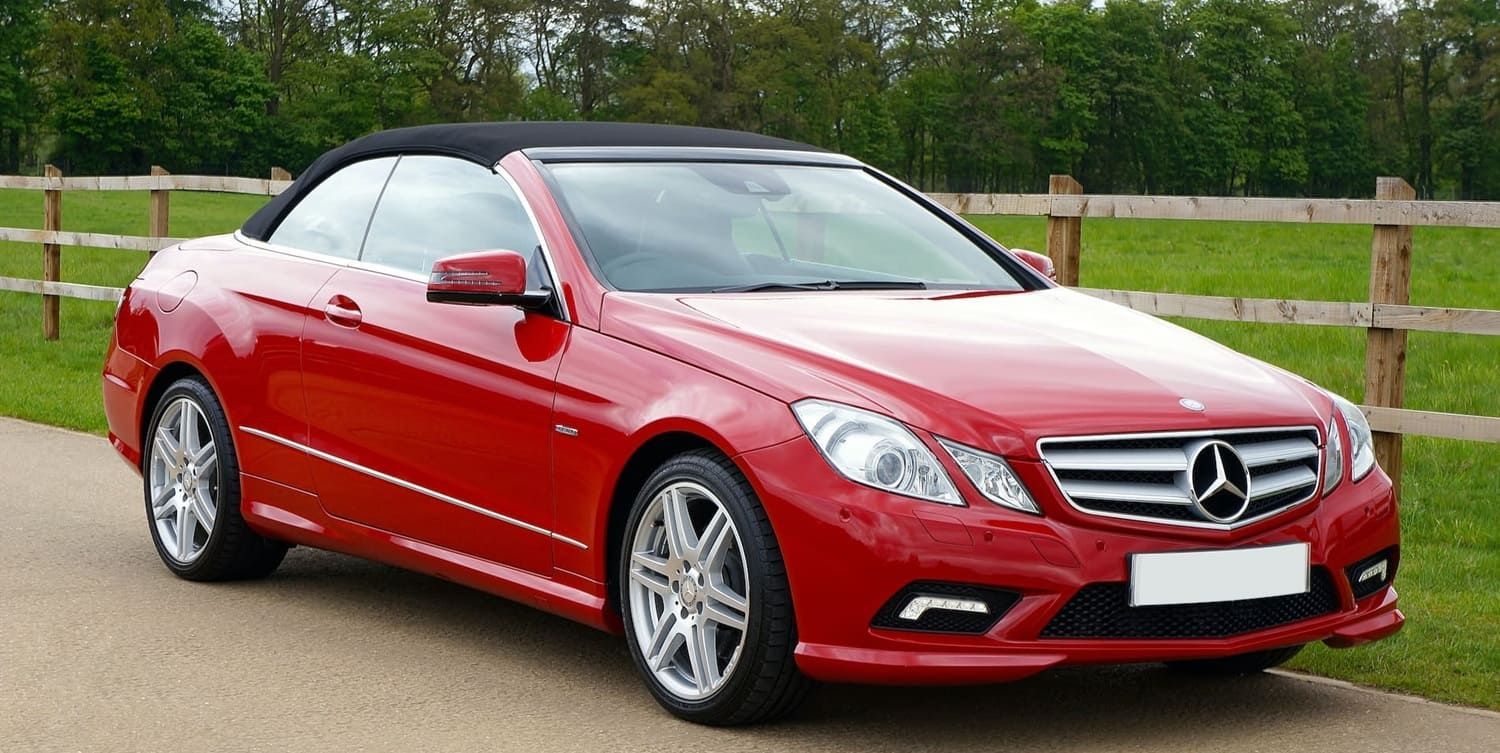The Complete Guide to Choosing Window Tinting Percentages for Your Car
What type of car window tint should you choose? There are many factors to consider. Find everything you need to know about window tinting percentages here.

Did you know that tinting the windows on your car can have way more advantages than just making your car look stylish and sleek?
The sun can be harmful both for you and your car and with non-tinted windows you and your car are essentially like a fish in a fishbowl.
Window tints can protect you and your car from the sun, among other things, but it’s important to know a few things about window tints before jumping in and taking your car to a professional to get tints installed.
Knowing the window tinting percentages is the only thing that stands between you and the potential of receiving a pretty hefty ticket, as state laws regulate at what percentage window tints become illegal.
In the long run, tints are a very affordable way to ensure both you and your car stay safe for many years to come, and properly maintained windows and tints can even increase the resell value of your car in the future.
Here’s everything you need to know when it comes to choosing the right window tinting percentage for your car.
Window Tinting Percentages
Factory glass is the glass on your vehicle as-is with no tint. Window tinting percentages range from 5% to 50%, with the standard percentages being 5%, 20%, 35%, and 50%. The percentage determines how much VLT or visible light transmission can pass through the windows and into your car.
It’s important to keep in mind that the lower the percentage of your tint, the darker the tint is and the less light will be able to pass through into your car. Thus, the higher the percentage, the more light is able to pass into your car.
The standard percentage most people end up going with is 50%. This percentage of tint blocks half the light coming in and is pretty good at blocking out UV rays and heat. This percentage is the national average when it comes to what percentage of a tint is legal in the United States. This percentage of tint can also reduce glares, making it easier on your eyes when you drive.
Usually seen on new vehicles and considered the industry standard is 20% and 35% tints. A 20% tint is a great level of tinting for privacy as you can really only see through the windows when you’re up close, and even then it’s still difficult. A 35% tint is easier to see through than the 20%, but people tend to love this percentage as it still offers a stylish and sleek look.
A 5% window tint is the darkest tint you can get and is illegal in most states. When it comes to a 5% window tint think of limousines. You can’t see through this tint, therefore it’s commonly used only on the backs of private cars, limousines, or armored vehicles.
Calculating Visible Light Transmission
Nowadays most cars don’t come with factory glass, meaning the glass you’re starting out with is never 100% clear and already has some level of tinting in it. This can make it difficult to figure out what tint percentage you should install to get the desired look you’re going for.
Most cars have a VLT of around 80%, but the VLT can vary between models, so always check first to know for sure what VLT you’re starting with.
You can calculate what your car’s total VLT would be by taking the tint already on your windows, usually 80%, and multiplying this by the percentage of the tint you’re going to be adding on top.
For example, if you’re applying a 5% tint to your already 80% tinted windows, you’d multiply 5% times 80% for a total of 4%. This leaves your vehicle with a VLT of 4%.
This can feel a bit overwhelming at first, but the good thing is most window tint specialists can determine the percentage of your car’s tints simply by taking a look at them. Or, you can always get yourself a tint meter similar to the one's police use and figure out the VLT of your car on your own without having to do any math.
Tint Percentage Laws
Before deciding what percentage window tints you’d like to go with, it’s crucial that you understand the laws in your area to know what percentage is legal and what isn’t.
If you decide to install window tints without knowing the laws in your state, you run the risk of getting pulled over and ticketed. You may even have to remove your tints and apply new ones that fall into your state’s legal parameters. This will cost you more in the end than if you just research the laws and find out what’s legal in your state first.
In the state of Virginia, for example, passenger rear side windows and rear windows cannot be less than 35% and front side windows cannot be less than 50%. In the case of vans, SUVs, and trucks, window tints cannot be less than 50%.
These regulations vary from state to state and can mean the difference between driving safely and getting pulled over and hit with a pricey ticket. First and foremost, familiarize yourself with your state’s laws.
Reasons for Window Tinting
There are many more reasons to apply tints to your car windows than just for the look. For example, did you know that UV rays can penetrate glass and increase your risk of developing skin cancer? Window tints can help prevent this, however, keeping your skin safe and your health a priority.
Here are some other reasons window tinting are a great idea:
- Reduced glare when driving
- Sleek appearance
- Protection of your vehicle’s interior
- Protection of valuables inside
- Energy efficient
- Privacy
- Reinforces strength of the window
Leave It to the Professionals
A car is a huge investment so it’s smart to always trust the professionals when it comes to fixing or altering it in any way — this includes window tints.
Now that you know all about window tinting percentages, it’s time to choose which percentage works best for you and get them installed the right way.
Contact us at Applied Film Technology today for a free automotive tinting estimate and drive away in the car of your dreams.


